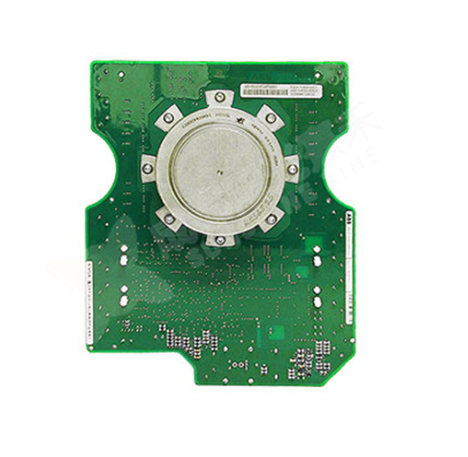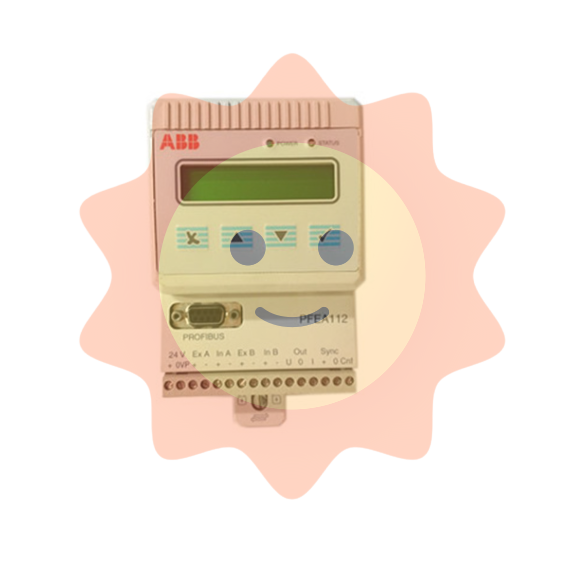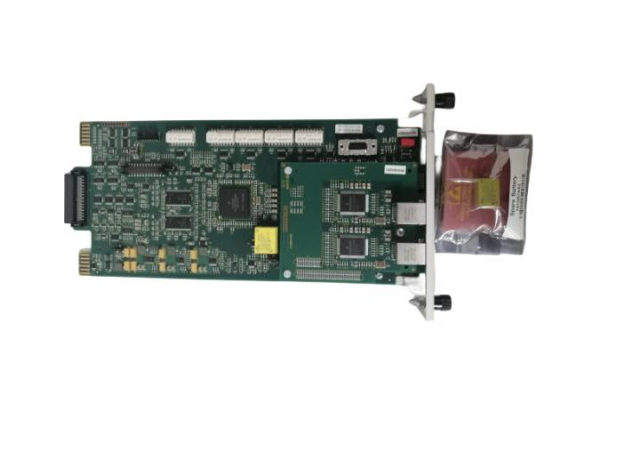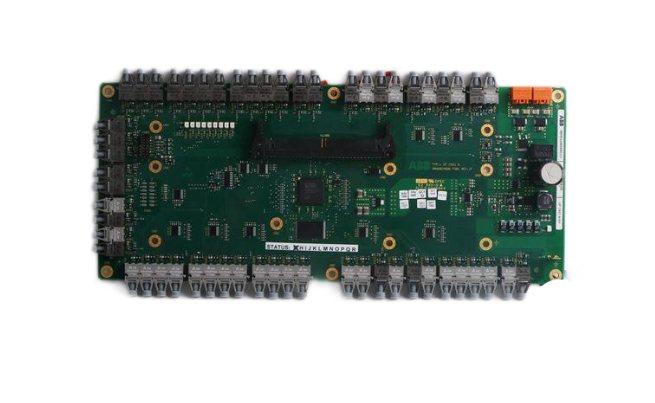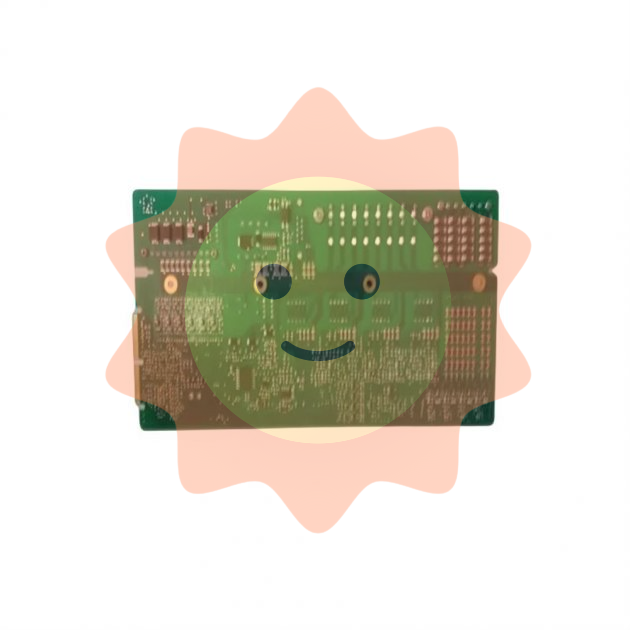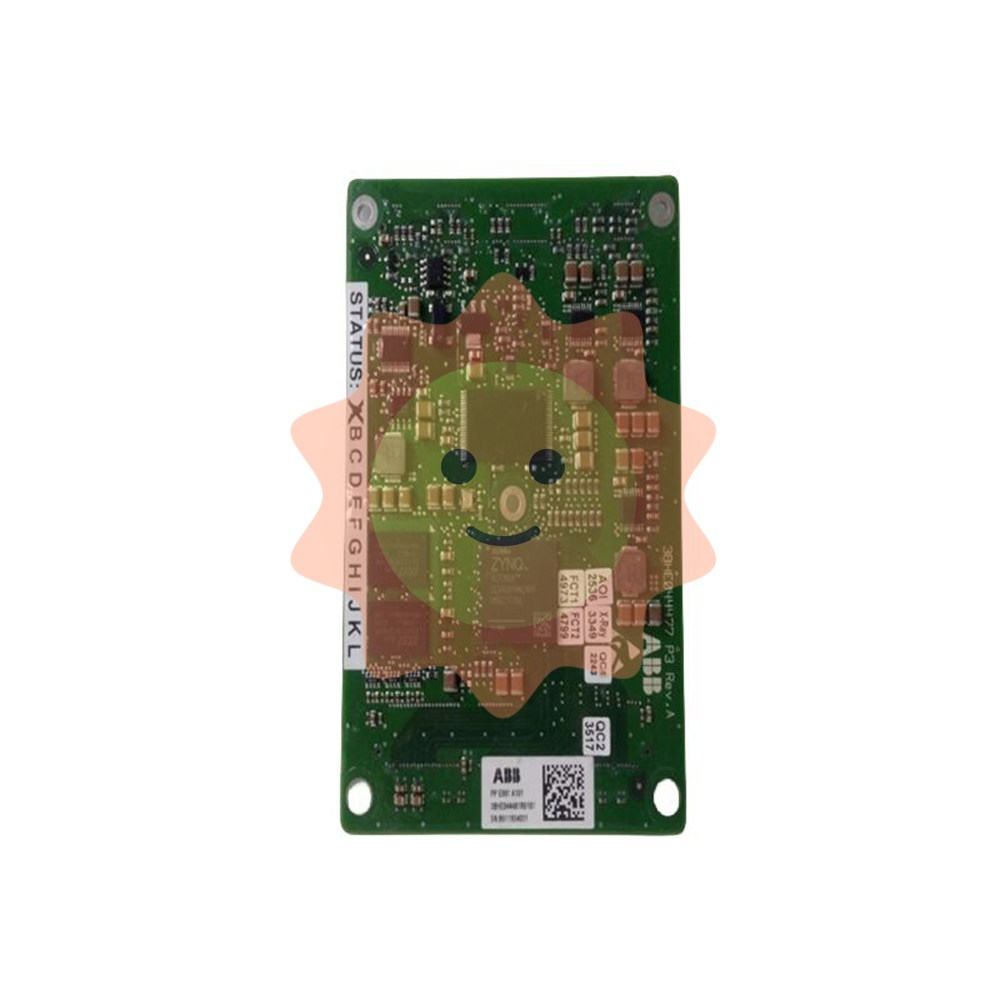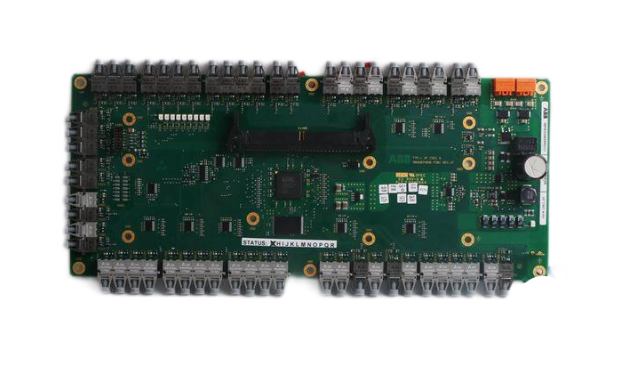Innovation trends to watch in the life sciences
Multiple sclerosis (MS) is a serious, lifelong, progressive and disabling neuroimmune disease, with a total of 2,988,700 people living with MS worldwide in 2022. In the second half of 2023, the results of the first two phase III clinical trials of a new drug for the treatment of multiple sclerosis, the BTK enzyme inhibitor, will be announced. At the same time, an international panel of experts is revising diagnostic criteria for multiple sclerosis. They will make recommendations in 2023 that consider biological indicators that can be objectified, rather than diagnosis based solely on symptoms reported by patients. In 2024, the world's first BTK inhibitor for multiple sclerosis is expected to be approved for marketing.

The treatment of obesity is about to enter a new era with the advent of two drugs that can achieve bariatric surgery-like effects. Semaglutide is a glucagon-like peptide (GLP-1) receptor agonist, in 2022, the drug has been approved in Europe and the United States for the treatment of obesity, although not officially approved in China, but has become a popular domestic Internet celebrity weight loss drug. In the second quarter of 2023, Eli Lilly developed a combination of GLP-1 and GIP two hormone synthetic mimic of the weight loss drug Tirzepatide will complete phase III clinical trials, preliminary results show that the drug efficacy is good, small side effects, is expected to be approved in the third quarter for the treatment of obesity.
Research on six popular targets continues to deepen
According to statistics, from 2017 to 2022, the top five hot targets in China are: PD-L1, EGFR, PD-1, VEGFR and HER2. Only in 2022, the top 6 hot targets in China are PD-L1, HER2, PD-1, EGFR, CD3, TIGIT, VEGFR, FGFR and Claudin18.2.
PD-1, an immune checkpoint receptor expressed by activated T cells, is an important immunosuppressive molecule. PD-L1 is the ligand of PD-1. When PD-L1 binds to PD-1, the activity of T cells is inhibited and the original killing effect is lost, resulting in T cells being unable to recognize cancer cells and tumor cells achieving "immune escape". Therefore, the treatment of blocking the PD-1/PD-L1 pathway has become the focus of cancer immunotherapy. As of November 2022, China has approved four PD-L1 inhibitors, with a total of 10 approved indications. Frost & Sullivan data show that by 2023, the global PD-(L)1 inhibitor market will reach $63.9 billion, and the domestic market size will reach 66.4 billion yuan in the same period.
Antibody coupling drugs are a hot track in the field of innovative drugs, and HER2 is the number one hot target. HER2, or human epidermal growth factor receptor 2, is a member of the epidermal growth factor receptor family with tyrosine kinase activity. The polymerization of receptors leads to phosphorylation of receptor tyrosine residues and initiates multiple signaling pathways leading to cell proliferation and tumorigenesis. As a prognostic and predictive biomarker, HER2 gene amplification or overexpression can lead to breast cancer and gastric/esophageal cancer. According to statistics, there are currently 73 antibody-coupled drugs targeting HER2 targets in the world, of which 4 have been approved, 1 has applied for marketing, and 30 are in the clinical research stage.
EGFR epidermal growth factor receptor (EGFR) is a transmembrane glycoprotein, and members of the EGFR family are involved in the occurrence and development of many cancers, including non-small cell lung cancer (NSCLC), through specific driver mutations or gene amplification. As a broad-spectrum anti-tumor target protein, EGFR is one of the earliest and most deeply studied targets. In recent years, with the rise of ADC and dual antibodies, this target has shown a long-standing character. At present, three generations of EGFR-TKI targeting drugs for non-small cell lung cancer have appeared, and the fourth generation of products will also be launched, making continuous efforts to improve survival, overcome drug resistance, and reduce side effects.
CD3 is a transmembrane protein on the surface of T cells, which can bind to TCR on T cells to form a receptor complex to activate T cells, and is the number one target of dual-antibody drug development. CD3 bisecific antibodies can redirect CD3+T cells to the tumor site, which is a promising immunotherapy strategy for the treatment of hematological malignancies and solid tumors. As of December last year, 333 CD3-related projects were in the pipeline worldwide. Experimental data show that the global CD3 target track is progressing rapidly, and there are significant breakthroughs in the treatment of leukemia, diabetes, and cancer.
TIGIT, which stands for T cell immunoglobulin and ITIM domain protein, is a co-inhibitory receptor and is considered to be one of the most promising immune checkpoints after PD-(L)1. Studies have found that TIGIT is highly expressed in a variety of malignant tumors and is closely related to the prognosis of patients. TIGIT targeting MAB can effectively restore T cell function, and then play an anti-tumor role. In 2023, leading pharmaceutical companies, including Roche, will continue to publish the latest research data on TIGIT therapy.
- EMERSON
- Honeywell
- CTI
- Rolls-Royce
- General Electric
- Woodward
- Yaskawa
- xYCOM
- Motorola
- Siemens
- Rockwell
- ABB
- B&R
- HIMA
- Construction site
- electricity
- Automobile market
- PLC
- DCS
- Motor drivers
- VSD
- Implications
- cement
- CO2
- CEM
- methane
- Artificial intelligence
- Titanic
- Solar energy
- Hydrogen fuel cell
- Hydrogen and fuel cells
- Hydrogen and oxygen fuel cells
- tyre
- Chemical fiber
- dynamo
- corpuscle
- Pulp and paper
- printing
- fossil
- FANUC
- Food and beverage
- Life science
- Sewage treatment
- Personal care
- electricity
- boats
- infrastructure
- Automobile industry
- metallurgy
- Nuclear power generation
- Geothermal power generation
- Water and wastewater
- Infrastructure construction
- Mine hazard
- steel
- papermaking
- Natural gas industry
- Infrastructure construction
- Power and energy
- Rubber and plastic
- Renewable energy
- pharmacy
- mining
- Plastic industry
- Schneider
- Kongsberg
- NI
- Wind energy
- International petroleum
- International new energy network
- gas
- WATLOW
- ProSoft
- SEW
- wind
- ADVANCED
- Reliance
- YOKOGAWA
- TRICONEX
- FOXBORO
- METSO
- MAN
- Advantest
- ADVANCED
- ALSTOM
- Control Wave
- AB
- AMAT
- STUDER
- KONGSBERG
- MOTOROLA
- DANAHER MOTION
- Bently
- Galil
- EATON
- MOLEX
- Triconex
- DEIF
- B&W
- ZYGO
- Aerotech
- DANFOSS
- KOLLMORGEN
- Beijer
- Endress+Hauser
- MOOG
- KB
- Moxa
- Rexroth


Email:wang@kongjiangauto.com



